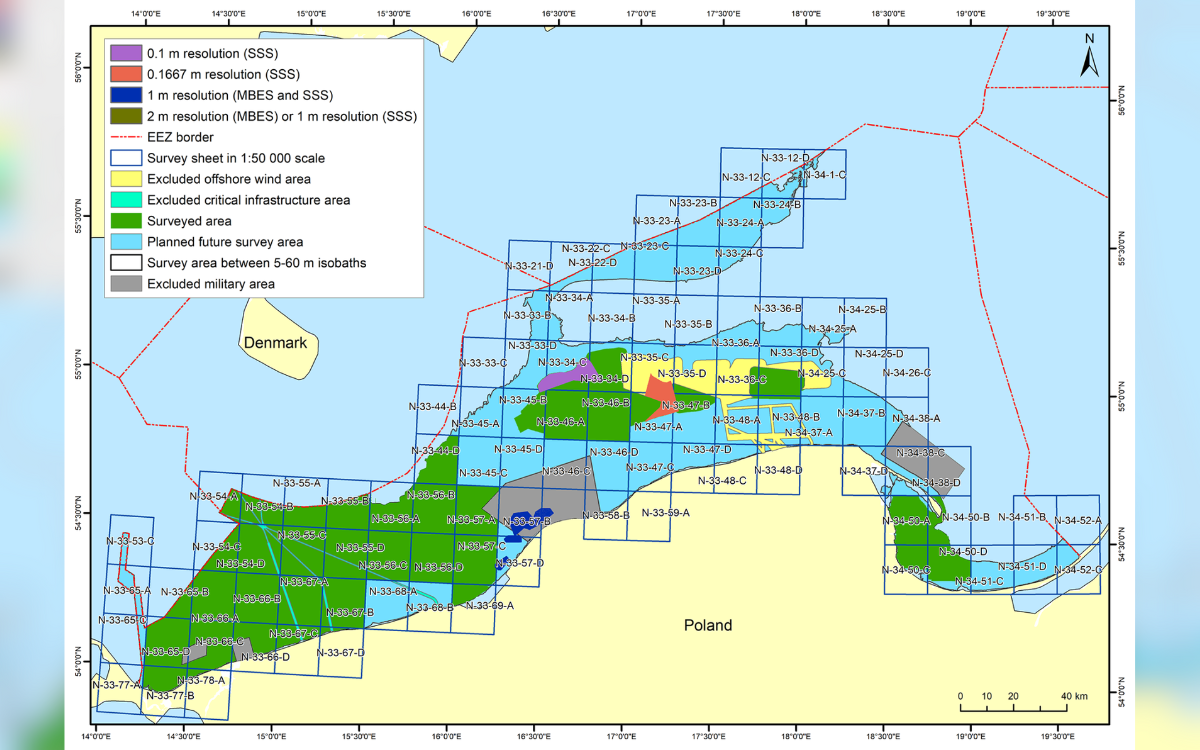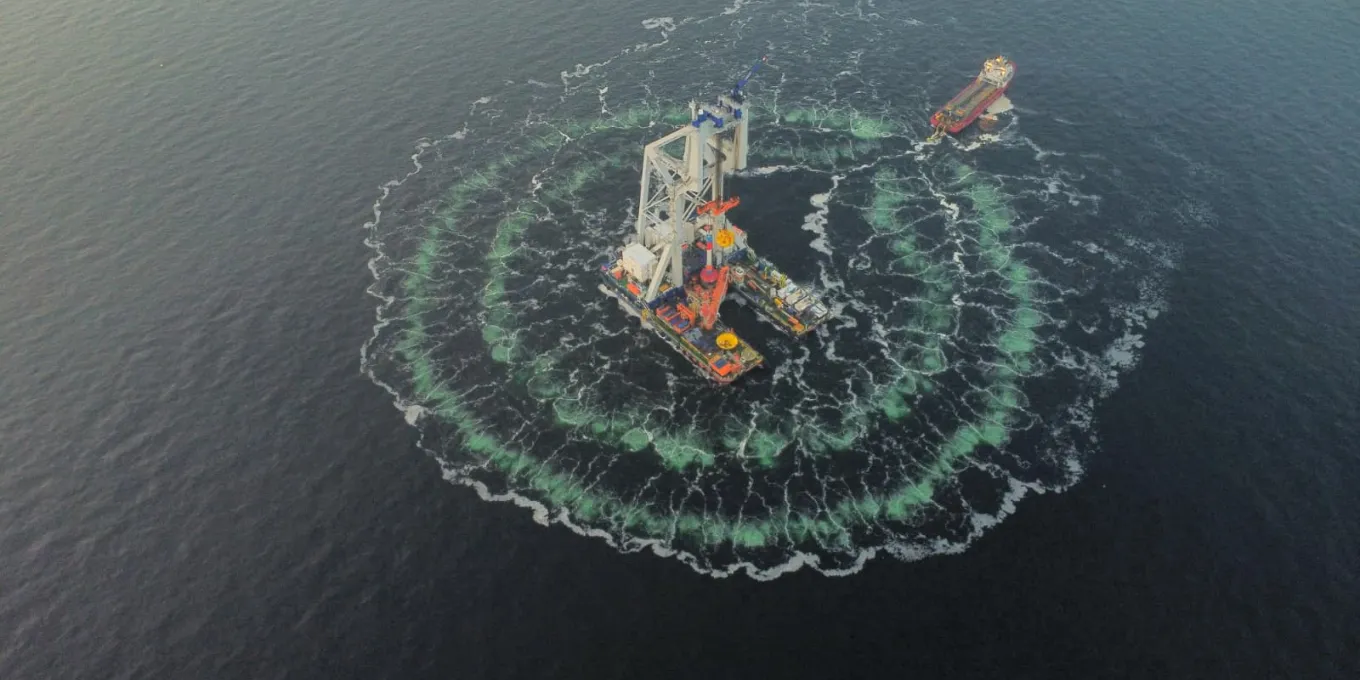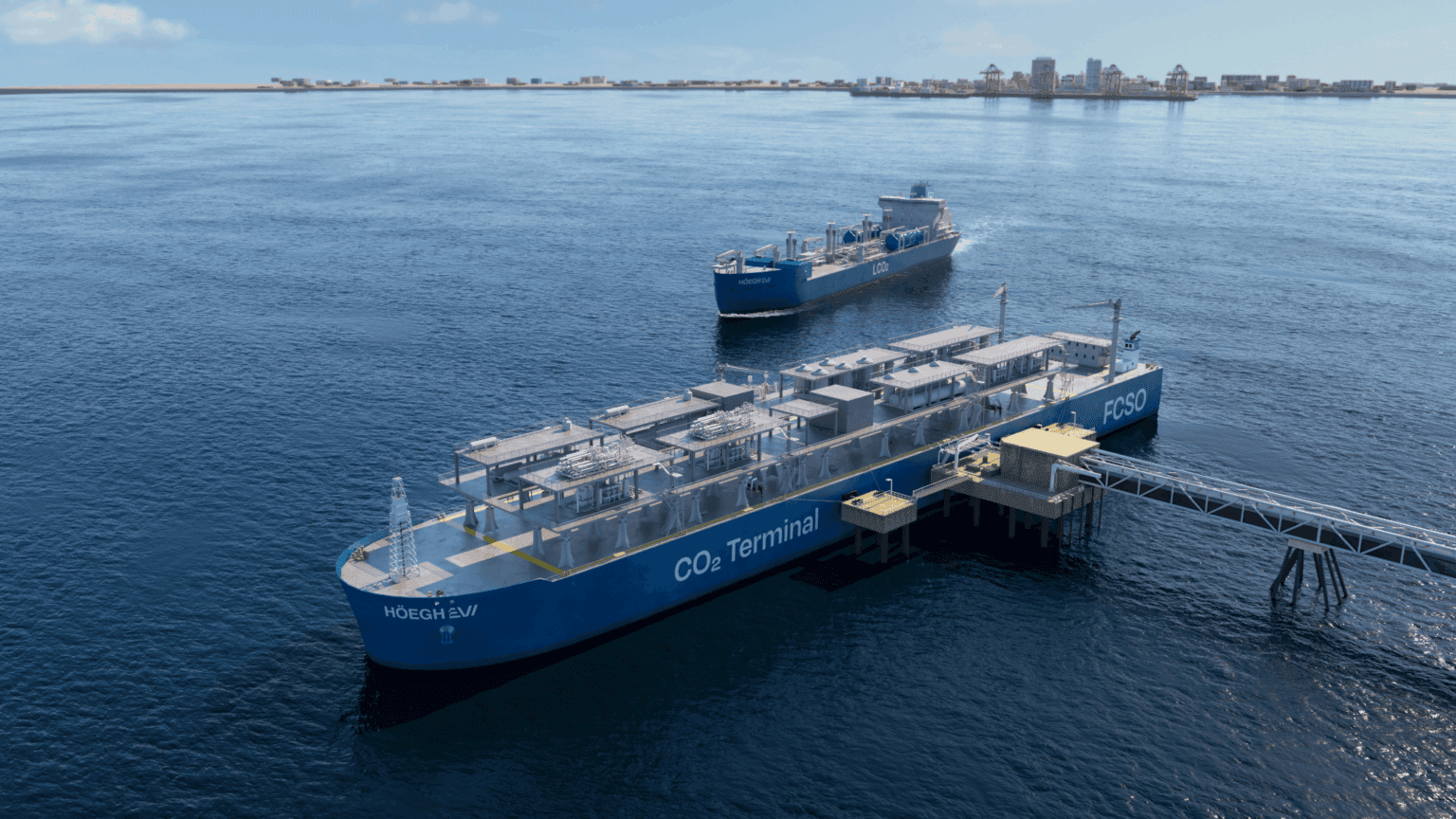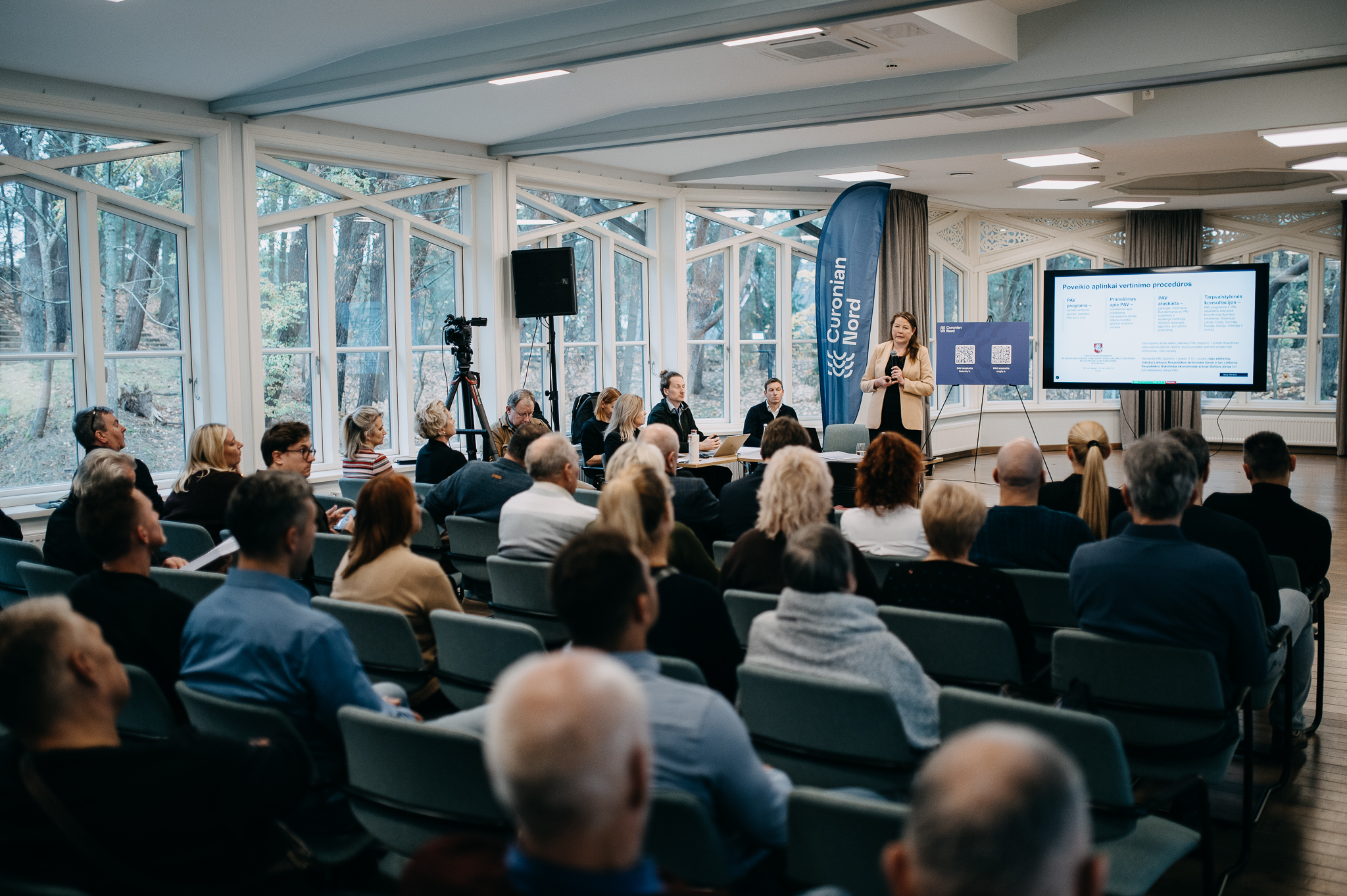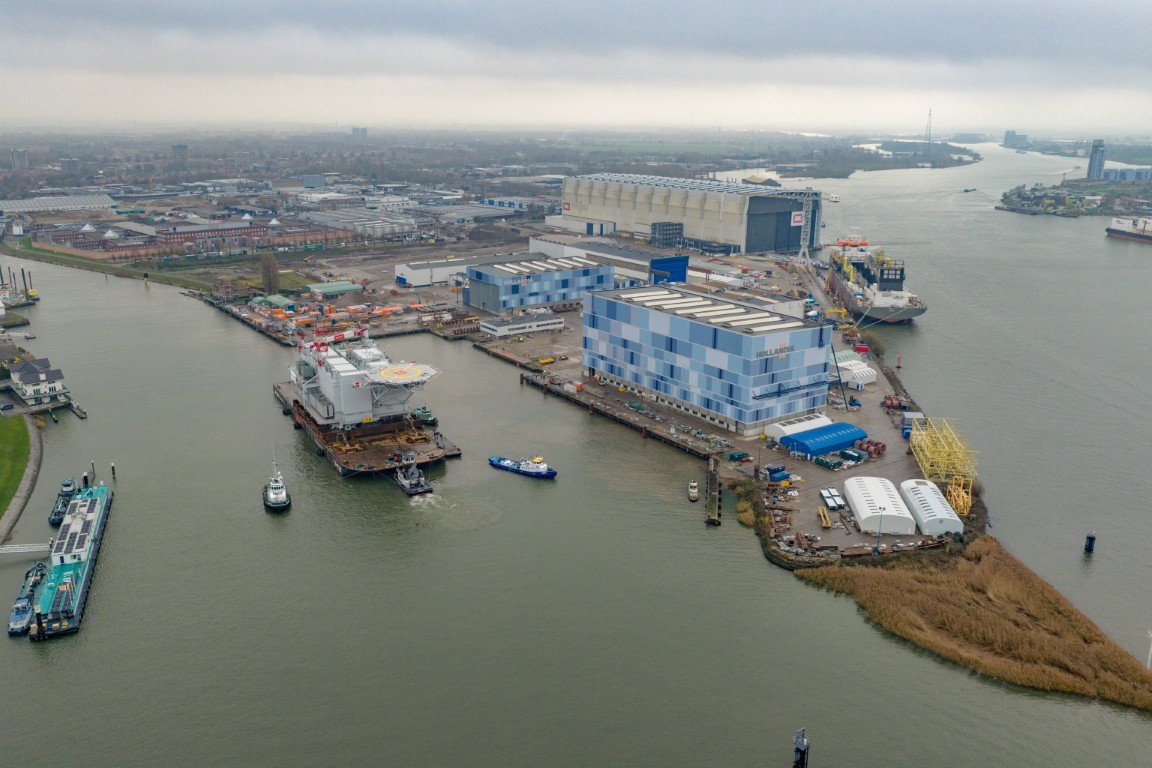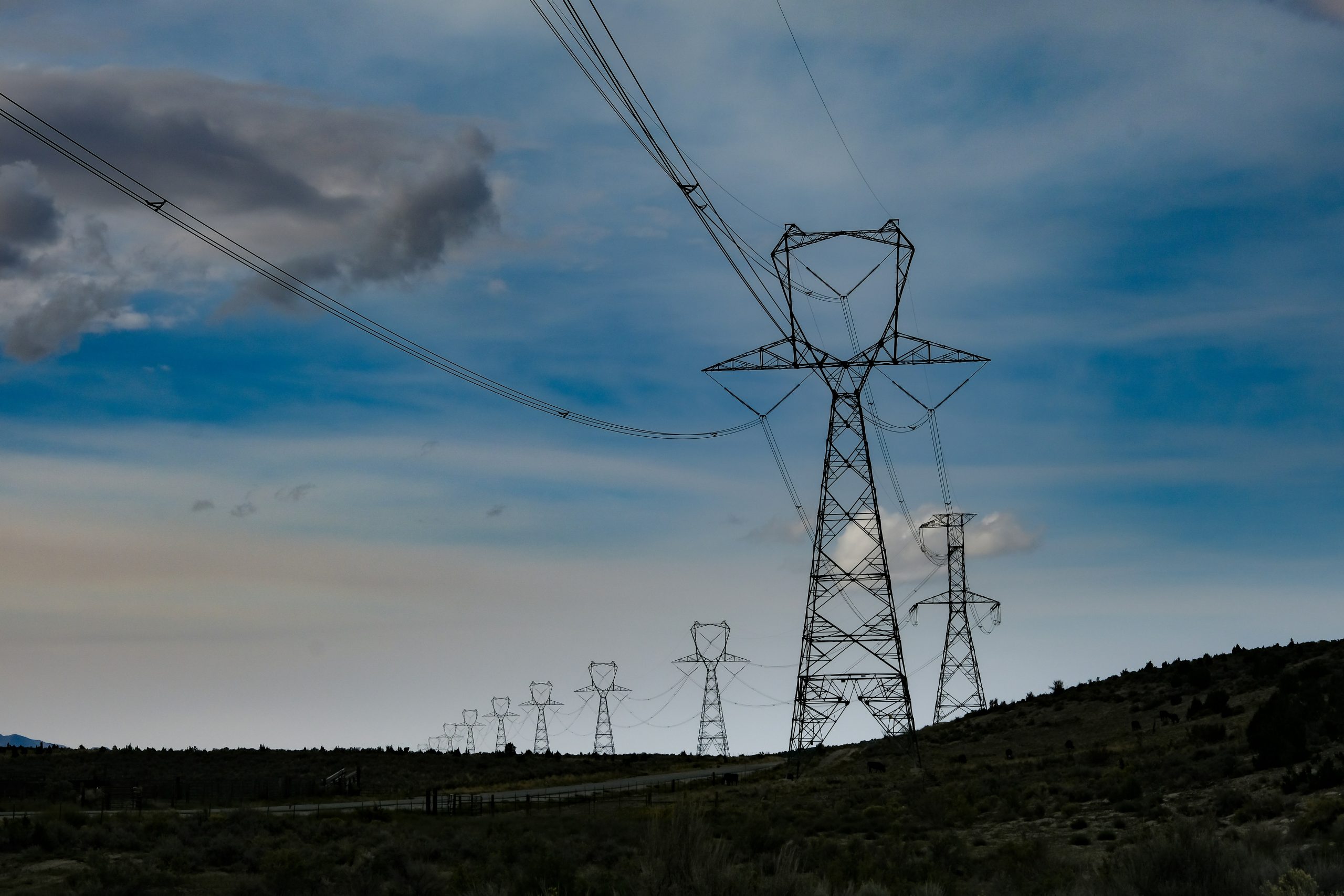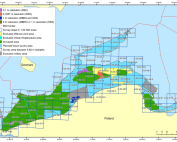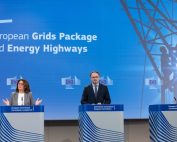On August 25, the Estonian government backed a draft proposal from the Minister of Economic Affairs and Infrastructure to accelerate the transition to renewable electricity, so that by 2030 all electricity consumed in Estonia will be generated from renewable energy sources.
“Current high electricity prices are clearly a result of a lack of sufficient generating capacity. High fossil fuel prices and a shortage of generating capacity have put all consumers in a difficult situation and the problem needs an effective solution”, said the Minister of Economic Affairs and Infrastructure Riina Sikkut.
“Fortunately, these market signals have also prompted companies to make investment decisions to increase renewable electricity generation capacity and we as a state are trying to help in any way we can so that these processes can proceed as quickly and smoothly as possible”, Riina Sikkut said. What is also important here is that the state sends an unambiguous signal to encourage investment – “by 2030, all the electricity we consume must be green energy”.
In order to achieve the goal of 100% renewable electricity, Estonia is taking a number of measures. A tender for renewable electricity generation has just ended. It should result in 540 GWh of renewable electricity coming on the market. In addition, the state plans to conduct small tenders for another 1.65 TWh of renewable electricity over the next three years. A wind farm charge was recently introduced for local municipalities using wind farms and people living in areas affected by wind farms, which will in turn contribute to the construction of new onshore and offshore wind farms. Additional funds have also been put towards rapidly increasing the readiness of electricity grids and ways to guide the long-term development of the grid toward greater readiness to connect new RES generation are being explored.
The government’s agenda includes audits of the planning, environmental assessment and permitting process, with the aim of speeding up the implementation of renewable energy projects. It also aims to complete the procedure for nationally important cross-border projects, including environmental impact assessments, within a maximum of three years, as well as to create an integrated permit for offshore wind farms and ensure a parallel permitting procedure.
Source: Republic of Estonia, Ministry of Economic Affairs and Communications
https://www.mkm.ee/uudised/eesti-plaanib-2030-aastal-katta-oma-aastase-tarbimise-taastuvelektriga-0



